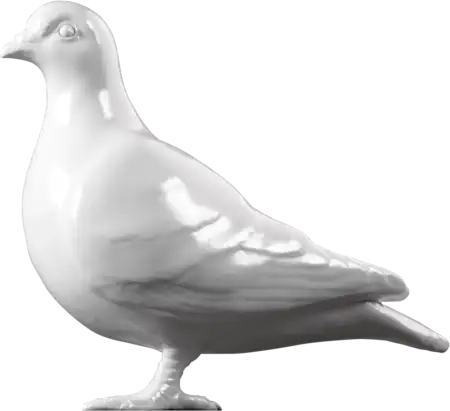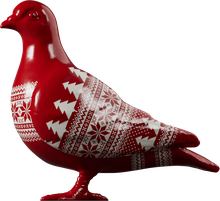Social History — C. 1810
Spectacles
The wearing of spectacles became more commonplace in the course of the eighteenth century. Greater numbers were learning to read and Londoners had access to cheap printed material, such as broadsheets and the first daily newspapers. Many people experienced deteriorating eyesight owing to the dimly lit conditions in which they lived and worked. A market developed for spectacles that were affordable to working people. The wealthy followed fashion trends and purchased frames made of expensive materials. The upper class often used other hand-held devices, such as quizzers and lorgnettes, as they considered them more fashionable than spectacles which were worn by all classes.
London was at the forefront of technical innovation in the field of visual aids. The major advance in spectacle design was the introduction of sides which held the spectacles in place on the head. Opticians were skilled craftsmen who would often make other optical instruments in addition to spectacles and cases. The maker of this pair of spectacles, John Holmes, was a silversmith by trade but diversified into making spectacles in the early 1800s. Silver was the most commonly used material for making fine quality spectacle frames.
Spectacles of this type were on the market by the beginning of the nineteenth century. The sides can be extended using a sliding mechanism. This allowed the wearer to adjust the arms to hold the spectacles comfortably in place. Round lenses were becoming less fashionable in this period and were largely superceded by oval shaped lenses by the 1820s.
- Category:
- Social History
- Object ID:
- 64.33/10a
- Object name:
- spectacles
- Object type:
- Artist/Maker:
- Holmes, John
- Related people:
- Related events:
- Related places:
12 Clerkenwell Green, Islington, London [Islington], Islington
- Production date:
- c. 1810
- Material:
silver, glass
- Measurements/duration:
- W 116 mm, H 34 mm, D 110 mm (open), D 21 mm (shut)
- Part of:
- —
- On display:
- —
- Record quality:
- 100%
- Part of this object:
- —
- Owner Status & Credit:
Permanent collection
- Copyright holder:
digital image © London Museum
- Image credit:
- —
- Creative commons usage:
- —
- License this image:
To license this image for commercial use, please contact the London Museum Picture Library.

